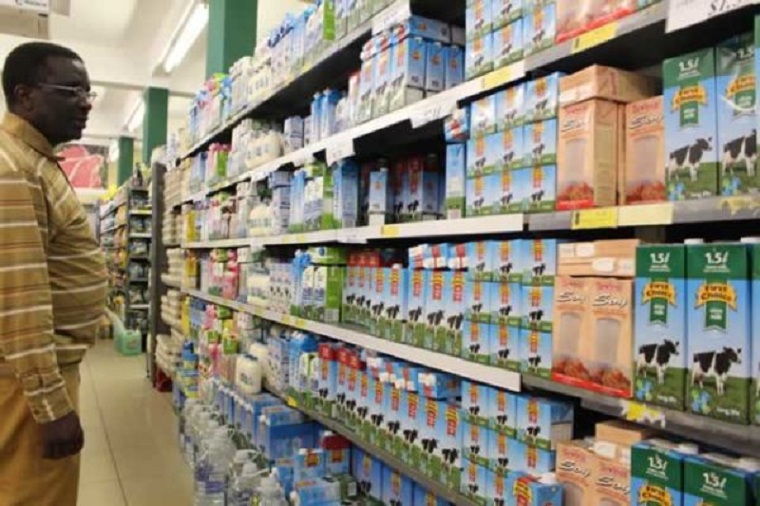 Are you wondering why some supermarkets are restricting the amount of milk you can buy? There are three main reasons why milk is in short supply, according to dairy producers.
Are you wondering why some supermarkets are restricting the amount of milk you can buy? There are three main reasons why milk is in short supply, according to dairy producers.
Dairy cows hate wet weather
According to Dairibord, the country’s biggest dairy company, excessively wet weather is bad for milk production.
The company explains: “A cow produces a hormone that stimulates milk production. When conditions are adverse, the hormone is suppressed resulting in reduced milk production. Milk production yields drop as much as 50%. Excessively wet conditions induce bacterial infections in cows which also suppress milk production.”
While too much rain has affected production this year, many dairy were still recovering from the effects of two successive droughts, which also cut output.
Imports are taking longer
Zimbabwe does not produce enough milk. In 2020, milk production was 76.7 million litres, against annual demand of 120 million litres.
This means local dairy companies have to import milk powders for processing, to fill the gap. It has not been easy to do this, Dairibord says.
“From mid-November, the processing of the multiple permits required to import milk powders is now taking an average of six weeks from the previous 1-2 weeks. While goods are precleared, the COVID-19 protocols affected worldwide for shipping and at borders, are causing delays to delivery of milk powders and other raw materials.”
At peak, Zimbabwe produced 260m litres in 1990. Last year, the dairy herd stood at 38 000; of these, 12 000 were dairy cows, producing an average of 14 litres per cow per day, according to data from the Zimbabwe Association of Dairy Farmers (ZADF). In 1990, Zimbabwe had close to 120,000 dairy cows.
There has been some recovery, but slow. Up to last year, output growth averaged 8.3% over five years.
Dairy producers also have to import materials for packaging, such as the UHT cartons.
Stock feed costs rising
The price of stock feed has risen sharply over the past year, and this affects production.
According to the Stockfeed Manufacturers Association of Zimbabwe, which includes major players Natfoods and Profeeds, the average cost of raw materials in 2020 went up by 886%, compared to 2019. The rise was above inflation.
Processors are paying farmers as low as $42 per litre for milk, lower than the production cost, according to ZADF chair Kudzai Chirima. Farmers, he says, need at least $57 a litre to be profitable. Many are quitting dairy farming because they cannot feed their cows well enough and are finding it unprofitable to continue, says Chirima.
Last year, demand increased for feed partly due to low stocks of hay and the lack of long-term funding for the industry.-NewZwire
(433 VIEWS)


